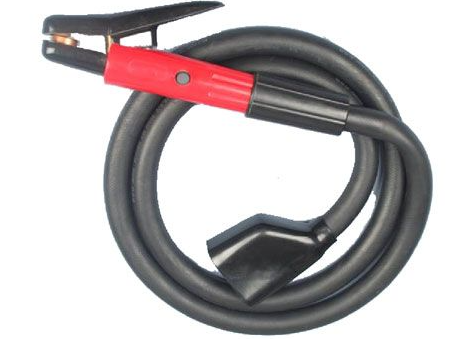A gouging torch is a tool used primarily in welding and metal fabrication processes to remove unwanted metal from a workpiece, typically in the form of welds, defects, or excess material. It works by utilizing a high-temperature arc to melt and remove metal, leaving behind a clean groove or cut.
Here's how a gouging torch typically works:
Heat Generation: The arc generates extremely high temperatures, typically in excess of 6000°C (10,800°F), which melts the metal in its path.

Gouging Torch
Metal Removal: As the arc progresses along the surface of the workpiece, the molten metal is blown away from the groove by a high-velocity stream of compressed air or oxygen. This process effectively gouges out the unwanted material, leaving behind a clean groove or cut.
Gouging torches are commonly used in industries such as shipbuilding, construction, and manufacturing, where the removal of excess metal or welds is necessary to achieve the desired finish or prepare surfaces for subsequent welding operations.






